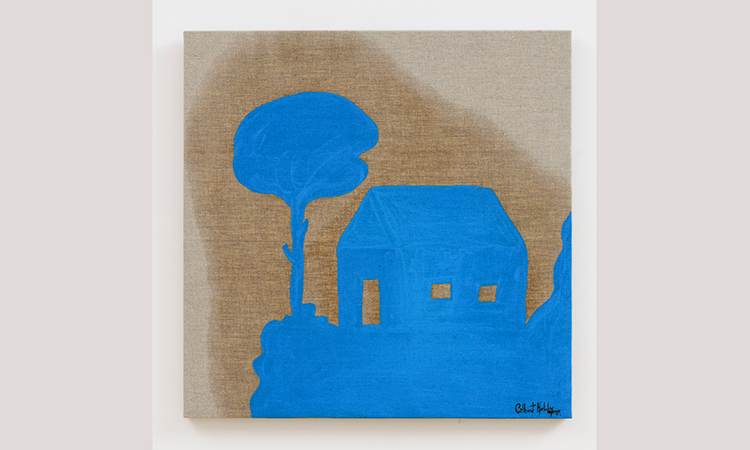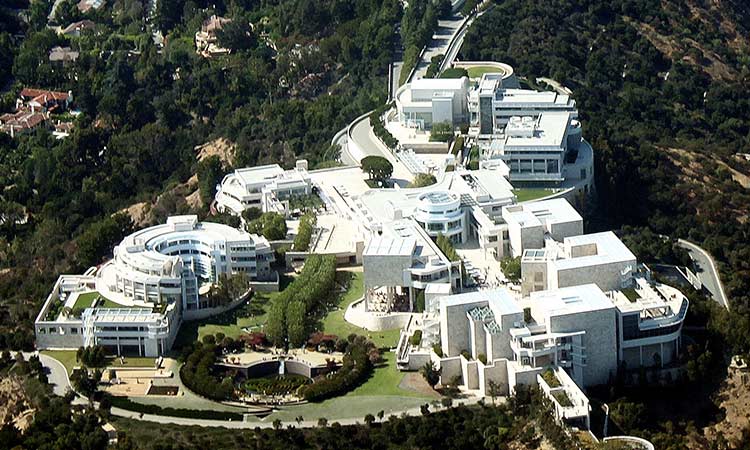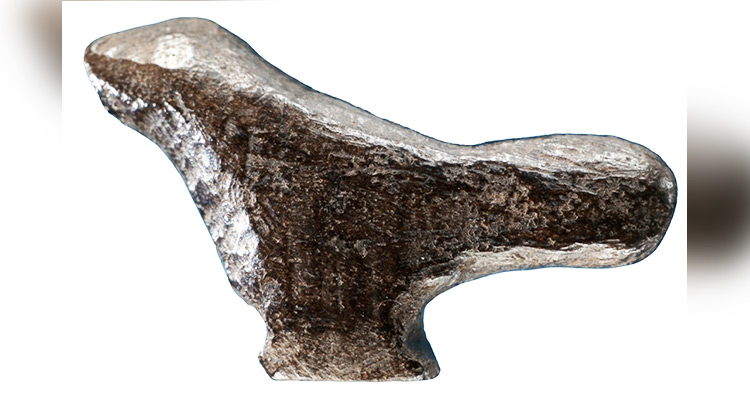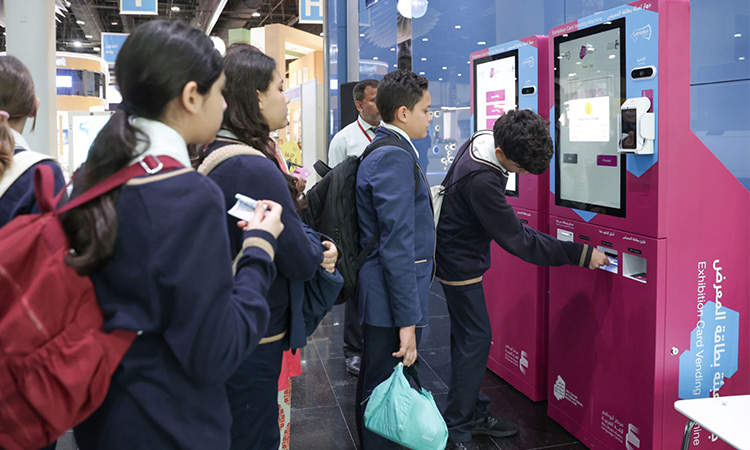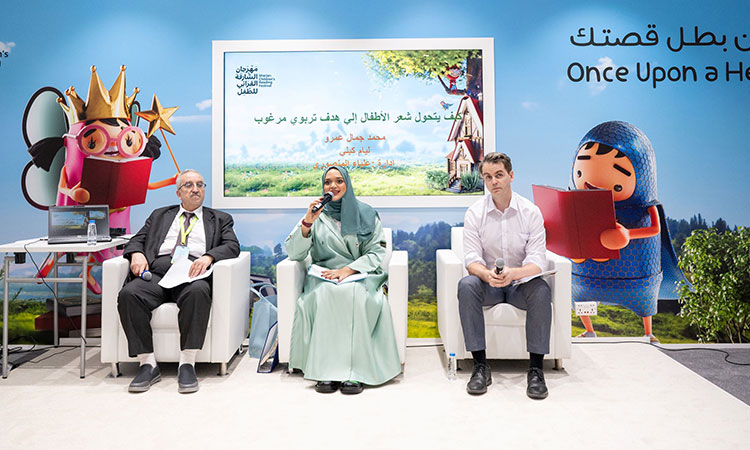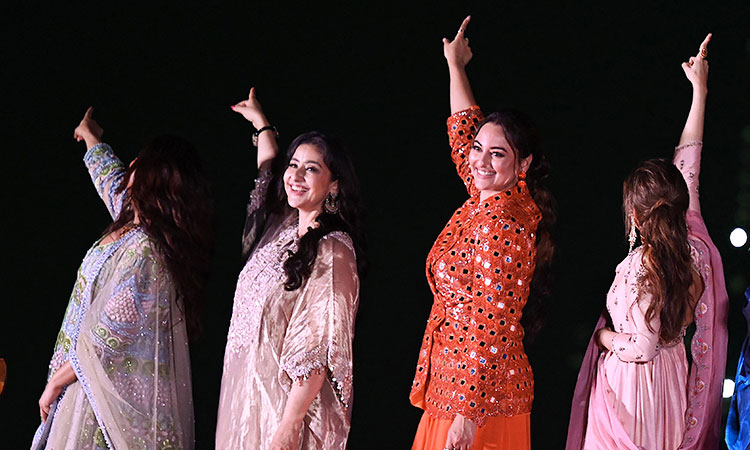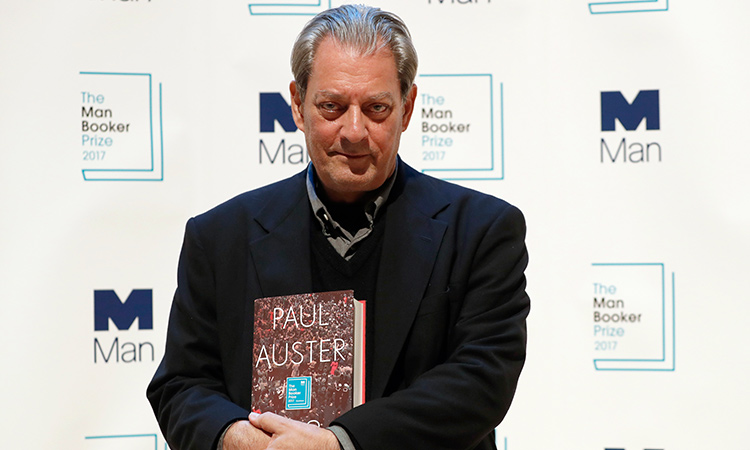Chinese dragon and Islamic phoenix come together at Louvre Abu Dhabi
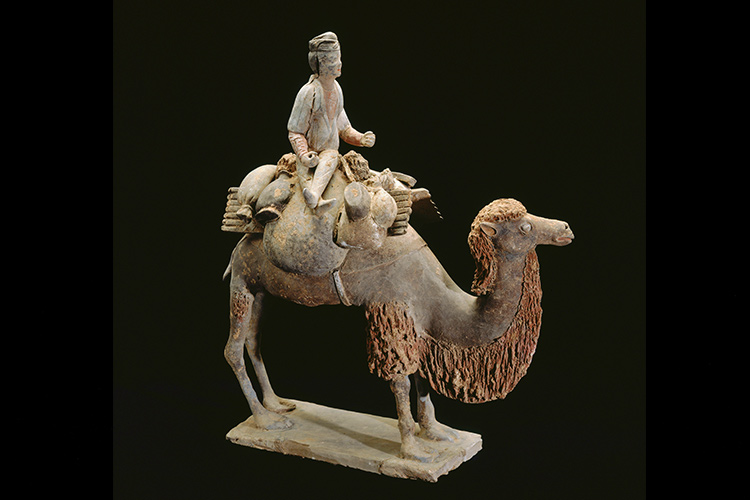
Funerary figure (mingqi) caravanner on a camel, Tang dynasty (618–907).
Muhammad Yusuf, Features Writer
Louvre Abu Dhabi has announced its second international exhibition of 2021: Dragon and Phoenix — Centuries of Exchange between Chinese and Islamic Worlds (Oct. 6 – Feb. 12, 2022). Organised by Louvre Abu Dhabi in partnership with Musée national des arts asiatiques — Guimet with the support of France Muséums, the exhibition will showcase the cultural and artistic exchange between the Chinese and Islamic civilisations from the 8th to the 18th century.
Visitors will be able to explore cultural connections through more than 200 artworks from the collections of Louvre Abu Dhabi, the Musée Guimet and twelve international museums and institutions, alongside a wide-ranging cultural programme.
READ MORE
Sharjah Art Foundation exhibition showcases collective vision of artists
Carbon 12 art gallery hosts exhibit at New York's The Armory Show
Friends of Abu Dhabi Art formed to support the Emirati arts scene
Dragon and Phoenix places in dialogue artefacts from two worlds rich in culture, arts, and sciences: China (the dragon) and the Islamic world (the phoenix). The exhibition showcases the connections, artistic influences and remarkable untold stories of more than 800 years of exchange through land and sea trade routes, from the establishment of the first Arab merchant colonies in Canton in the 8th century until the beginning of the 18th century.
Journeying from the Mashriq and the Arabian Peninsula through Central Asia and the Indian Ocean and to China and Vietnam, it reveals a long and rich history of mutual admiration and influence reflected in both material and immaterial exchanges. Dragon and Phoenix particularly aims to highlight unconventional centres of artistic and cultural production. With both a physical exhibition at the museum and an online experience, it will shed light on how centuries of cultural exchange and the prolific artistic production between the two worlds, reveal a dominance of coveted luxury materials and artworks between the 8th and 18th centuries.

The exhibition is curated by Sophie Makariou, President of Musée national des arts asiatiques — Guimet, with the support of Dr Souraya Noujaim, Louvre Abu Dhabi’s Scientific, Curatorial and Collections Management Director and Guilhem André, Louvre Abu Dhabi’s Chief Curator of Asian and Medieval arts. Highlights include a rare Yuan dynasty (1279-1368) gold cup with dragon-shaped handle from China, a masterpiece from Louvre Abu Dhabi’s collection that may have been made for a nomadic dignitary in the north of China.
Visitors will marvel at some of the most spectacular luxury silk fabrics ever created: the so-called Panni Tartarici (or Tartar cloths) — Mongol silk fabric with gold threads — from the collection of the Musée national des arts asiatiques — Guimet, which attests to influences from other textile traditions, such as those of Iran, the Near East and Central Asia.
With more than 200 artefacts spread across five sections — the first four following a historical timeline, and the fifth focusing on literary traditions of calligraphy and poetry — Dragon and Phoenix showcases this history of a fluid global context of artistic and cultural exchanges in earlier times.
The exhibition features a diversity of artworks, including paintings, silverware, ceramic, glassware, manuscripts and luxury fabrics, with an international repertoire combining Arab epigraphy, chinoiseries, lotuses, geometrical decoration, dragons, phoenixes and many other fantastic bestiaries. The first section takes visitors on a journey between the 8th and 10th centuries, when regular contact between these two civilisations was established through terrestrial and maritime routes. It introduces the voyages undertaken by travellers and merchants from the West, as well as these objects and techniques that were the result of these early exchanges.
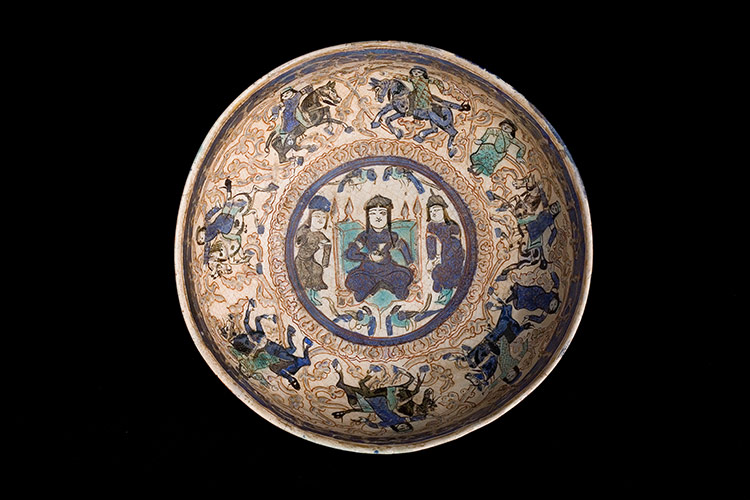
The second section moves on to the Song and Seljuq aesthetics (11th – 13th centuries), describing the encounters between two emerging dynasties. The Buddhism aesthetics inspired the symbols of power in the eastern Islamic world — especially the representation of sovereigns. The increased use of the maritime Silk Road during the Song Dynasty shows how Chinese products were exported en masse across the Indian Ocean and the Red Sea by dhows — Arab merchant ships. Ceramics found on the shores of Eastern Africa, Madagascar, as well as South-East Asia and the Philippines, attest to these commercial exchanges.
The third section is dedicated to the artistic interactions that took place under the Mongol dynasties (13th – 14th centuries) and their influences on the Islamic East.
It was the period that saw the emergence of the famous blue-and-white porcelain from the imperial kilns of Jingdezhen in China. This section sheds lights on the use of the cobalt blue imported into China from Western Asia, and the aesthetical improvement brought to Chinese potters. During this period, China increased its production of luxury goods made specifically for export, to supply the demand from the Islamic world.
Named the ‘Gallery of Harmonious Exchanges’, the fourth section analyses the mutually influenced artistic exchange taking place in the 15th- 17th centuries.
From the 15th century, the Chinese imperial kiln of Jingdezhen started to imitate the shapes of Islamic metalware such as the ewer decorated with zodiac signs from Herat (Louvre Abu Dhabi). This can be seen in objects such as blue-and-white porcelains from the Ming dynasty (1368-1644). These imitations highlighted the phenomenon of Chinese collections of Islamic inlaid metalware. The impact of Chinese ceramics in Vietnam as well as the artistic production of Islamic South-East Asia are also demonstrated in this section of the exhibition. The show concludes with a fifth section dedicated to manuscripts, poetry and calligraphy from the 8th to 18th centuries.
The art of calligraphy is one the most highly regarded artistic mediums of these two incredibly literate civilisations. The prestige of calligraphy in the Islamic world is intimately related to the Qur’an and copies of the sacred text. Similarly, in China, the Three Perfections — calligraphy, poetry and painting — are the tools to physically express one’s spirituality, in harmony with the Dao (code of behaviour).
